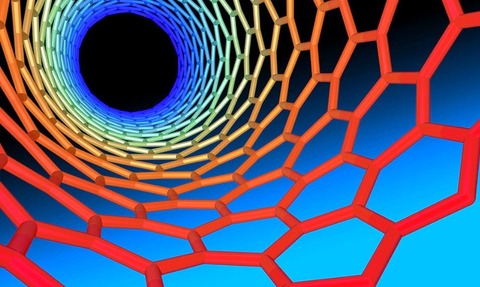Carbon nanotubes could extend nuclear reactor life
3 Mar 2016

Research conducted by the Massachusetts Institute of Technology (MIT) suggests small amounts of carbon nanotubes can be used to increase the longevity of nuclear reactors.
Researchers said that adding just 1% by weight of carbon nanotubes to the metal used in nuclear reactors could improve their strength by as much as 50%, and also improve tensile ductility.
This is a development of considerable significance for nuclear materials science
Professor Sergei Dudarev
However, the research team said its method has only proved effective for aluminium, which limits its applications to the lower-temperature environments found in research reactors.
“This is a proof of principle,” said Kang Pyo So, a MIT post doctorate researcher.
Yet despite its current limitations, Pyo So suggested the carbon nanotube model could potentially be usable in the higher-temperature alloys used in commercial reactors.
Radiation transmutation
The MIT method is designed so that uniformly dispersed carbon nanotubes mitigate radiation damage for long periods of time without suffering from degradation.
Within a reactor, helium from radiation transmutation takes up residence inside metals and causes the material to become riddled with tiny bubbles along grain boundaries, the researchers explained.
The transmutation also renders the metal progressively more brittle, they added.
To combat such damaging effects, carbon nanotubes can form a percolating, one-dimensional transport network, to provide pathways for the helium to leak back out instead of being trapped within the metal, the researchers said.
“This is a development of considerable significance for nuclear materials science, where composites — particularly oxide dispersion-strengthened steels — have long been considered promising candidate materials for applications involving high temperature and high irradiation dose,” said Sergei Dudarev, a professor of materials science at Oxford University, who was not involved in the research.
A full account of the research has been published in the journal Nano Energy.

